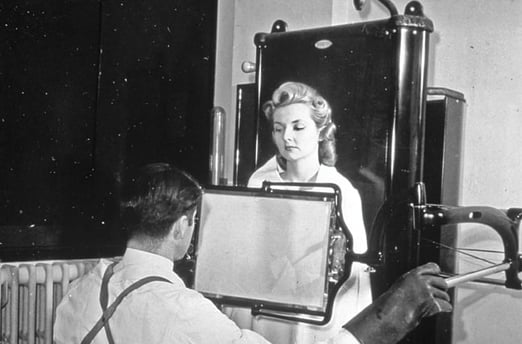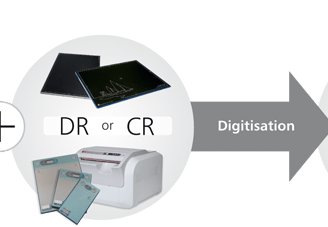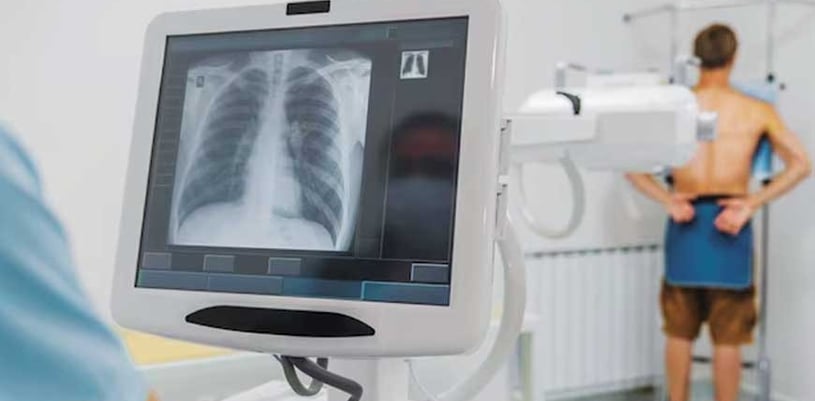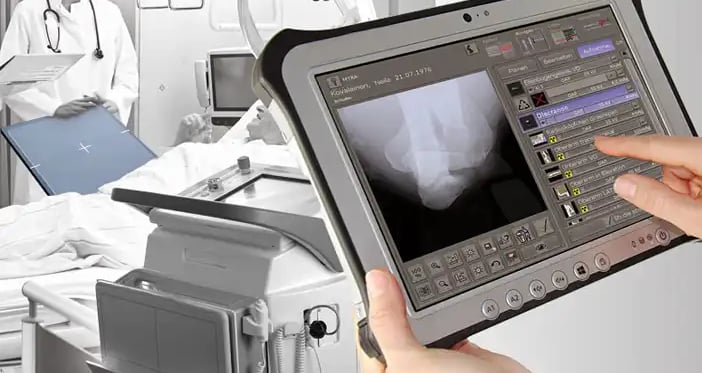Comparing X-Ray Machines: Cost vs. Performance – Which is the Best Fit for Your Practice?
X-ray technology has long been the cornerstone of diagnostic imaging, providing healthcare professionals with crucial insights into a patient's condition. Whether it's detecting fractures, identifying tumors, or guiding surgical procedures, X-ray machines play an essential role. However, with an overwhelming variety of options on the market, how do you choose the best X-ray machine for your practice? Is it all about performance, or do cost and value factor into the decision? This blog post will guide you through key considerations when comparing the cost and performance of X-ray machines.
2/20/20254 min read


1. Understanding X-Ray Machine Types
X-ray machines come in various types, each offering different performance features and price points. The main types of X-ray machines include:
Analog X-ray Machines: Traditional machines that use film to capture images. While these machines are less expensive upfront, they require film and chemicals, leading to ongoing operational costs. The quality of the images may not be as high as digital models, but they still have reliable use in certain settings.
Digital Radiography (DR): DR machines use digital sensors to capture X-ray images. They provide immediate results and have higher image quality compared to analog machines. DR systems are more efficient, cost-effective in the long run, and offer additional features such as enhanced image clarity and the ability to transfer images digitally.
Computed Radiography (CR): CR systems are a hybrid between analog and digital. They use phosphor plates to capture images, which are then scanned into digital format. CR machines are less expensive than DR systems and offer digital benefits, but they are slower and slightly less efficient.
Portable X-ray Machines: Ideal for use in emergency situations, small clinics, or for home visits, portable X-ray machines are lightweight and mobile. While they often come with a higher price tag for their compactness and convenience, they are invaluable in specific scenarios like field diagnostics.
2. Key Performance Factors
When comparing X-ray machines, performance is measured in several ways:
Image Quality: High-resolution imaging is crucial for accurate diagnosis. DR machines typically provide superior image quality compared to CR and analog systems, making them the preferred choice for radiology practices where clarity is essential.
Speed and Efficiency: DR systems offer instant image results, allowing for quick diagnosis and improved workflow. Analog systems and CR machines, on the other hand, require more time for image processing and film development, slowing down patient turnaround.
Ease of Use: User-friendly interfaces and automated systems in modern X-ray machines make them easier to operate. DR systems generally have intuitive touch-screen displays, while older analog machines require more manual adjustments.
Patient Safety: Modern X-ray machines are designed with lower radiation doses to minimize patient exposure. Newer DR systems, for example, offer precise imaging with less radiation. Analog and CR systems may require higher doses to achieve the same level of clarity, affecting patient safety.
3. Cost Considerations
The upfront cost of an X-ray machine is a significant factor, but it’s important to consider the overall value over time, including maintenance, operational costs, and patient throughput.
Upfront Costs: Analog X-ray machines tend to be the least expensive in terms of initial investment. CR machines are moderately priced, while DR systems can be a significant investment, often costing tens of thousands of dollars more. Portable X-ray machines generally have a higher initial cost due to their compact design and specialized features.
Ongoing Operational Costs: Analog machines require purchasing film, chemicals, and development equipment, leading to higher long-term operational costs. CR and DR systems, by contrast, require minimal consumables, reducing recurring expenses. However, DR systems may have higher maintenance and service fees due to their advanced technology.
Return on Investment (ROI): While the initial cost of a DR machine may be higher, the ROI is often better over time due to the efficiency and productivity gains. DR systems allow for faster diagnosis, higher patient throughput, and fewer retakes, which improves overall revenue.
4. Which X-Ray Machine is Right for Your Practice?
Choosing the right X-ray machine depends on your practice’s specific needs, budget, and patient volume.
Small Clinics or Rural Practices: If your practice has a limited budget but still requires digital capabilities, a CR system may provide a good balance between cost and performance. For highly budget-conscious practices, sticking with analog machines is an option, but it comes at the cost of efficiency and image quality.
Radiology Centers and Large Hospitals: For high-volume facilities where diagnostic speed and image quality are paramount, investing in a DR system is a no-brainer. Although the upfront cost is higher, the faster workflow, superior imaging, and reduced need for film and chemicals contribute to a better ROI.
Emergency and Mobile Clinics: Portable X-ray machines are crucial for mobile diagnostics. While the price tag is higher for the convenience they provide, the ability to perform X-rays on the go offers substantial value for emergency services, field hospitals, and other mobile units.
5. Key Takeaways
Performance: DR machines outperform analog and CR systems in image quality, speed, and safety.
Cost: Analog machines are the least expensive initially, but DR and CR systems provide better long-term value due to reduced operational costs and improved efficiency.
Efficiency: DR systems boost patient throughput, allowing for faster diagnoses, reduced waiting times, and a better patient experience.
When evaluating X-ray machines for your practice, it’s essential to weigh both the initial cost and long-term benefits. If image quality, patient safety, and operational efficiency are top priorities, a DR system is likely the best investment despite the higher upfront cost. For practices on a tighter budget, CR systems or analog machines may still provide excellent diagnostic capabilities, but keep in mind that they may come with higher ongoing costs and slower workflows.








